Acne breakouts can be troublesome, but the scars left behind are even more problematic. They take a huge toll on a person’s self-esteem and confidence. They are formed as a result of prolonged, inflamed blemishes. The breakout penetrates the skin cells and damages the tissues underneath. What happens is that the skin pores filled with excess oil, bacteria, and dead skin cause the pores to swell. The inflamed pore tends to cause a lesion – the pimple.
Shallow lesions are minor and heal easily. If the wall of the pore is deeply damaged, the infectious material can enter the surrounding tissue—causing deeper lesions. The skin tries to repair itself by creating new collagen fibers. However, these repairs do not render the skin as flawless and smooth as it was before. That leaves shallow indentations or lesions on the face, known as acne scars. These scars can be treated and prevented altogether, but it is wise to get acne treated first. The inflammation from acne breakouts can reduce the effectiveness of scar treatment.
Types of Acne Scars
It is important to know the type of acne scars before attaining treatment for it. Each type has a different response to treatment. Moreover, certain treatments are better for a specific type. The types of scar depend on the gain or loss of collagen. The majority of the acne scars are linked to a loss of collagen, i.e., atrophic scars (hollow in appearance) while only a few people develop hypertrophic scars (a raised scar due to excessive collagen accumulation) and keloids (a type of raised scar).

Atrophic Scars
Atrophic scars are three times more likely to develop when compared with keloids and hypertrophic scars. The cause of these scars is mostly severe cystic acne. However, other forms of acne can also cause these scars. They are further classified into:
Icepick: These scars are narrow (2mm) and deep. The opening is also wider in this type of scar.
Boxcar: These are oval or round scars with vertical edges. They are wider than the ice pick scar and appear as a ‘U’ shape. They can be shallow as well as deep.
Rolling: These scars are wider than 4 to 5mm and given an undulating (M-shape) appearance to the skin.
Hypertrophic and Keloid Scars
These scars are linked to excess collagen accumulation. Hypertrophic scars are pink, firm, and raised with thick collagen bundles remaining within the borders of the injury’s original site. Keloids are reddish-purple papules and nodules that spread outside the borders of the original wound. These scars are common in people with darker skin and more common in areas like shoulders, jawline, back, and chest.
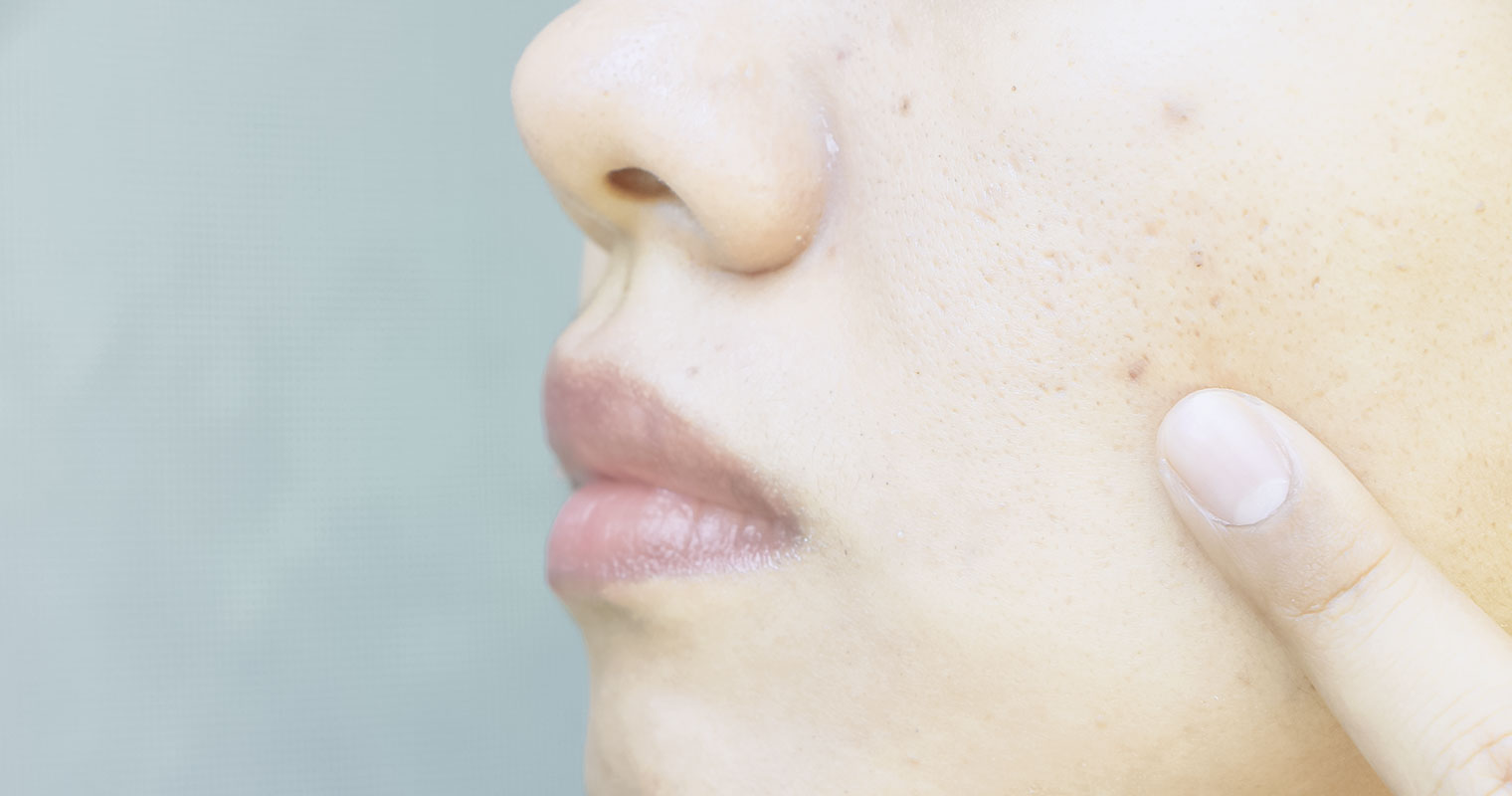
Hyperpigmentation vs scarring
Many people confuse hyperpigmentation with acne scarring. Post-inflammatory hyperpigmentation is a darker, discolored patch of skin left behind after the acne heals. It is resolved by itself with a proper sun protection routine. This condition is the result of severe acne or if the person has picked on their acne. Regardless of the reason, the skin returns to its natural tone over time if a good sun protection regimen is implemented. People with darker skin experience hyperpigmentation more.
Common treatments for acne scars
Treating acne scarring helps improve appearance and enhances self-esteem in people. It also promotes better skin health. Here are the common treatments for acne scarring:
1. Chemical Peels
This procedure is used to treat atrophic scars. It entails applying chemicals to the skin and removing the damaged layers while pacing up the repair process. It is known for reversing the signs of skin aging and the treatment of skin scars and lesions. However, it cannot eliminate the icepick and rolling scars completely in one sitting. Sequential peelings are required combined with alpha hydroxyl acids and topical retinoids as homecare treatment.
Glycolic acid is one of the chemicals used in this method. Derived from fruit and milk sugars, it tends to thin the stratum corneum (the outermost layer of the skin) and promotes shedding of the skin layers. Another chemical used in chemical peeling is Jessner’s Solution. This solution is a combination of salicylic acid, lactic acid, resorcinol, and ethanol. However, this solution can lead to active inflammation, infection, or dermatitis (red, swollen, and sore skin). Pyruvic acid, salicylic acid, and several other chemicals also act as effective peeling agents.
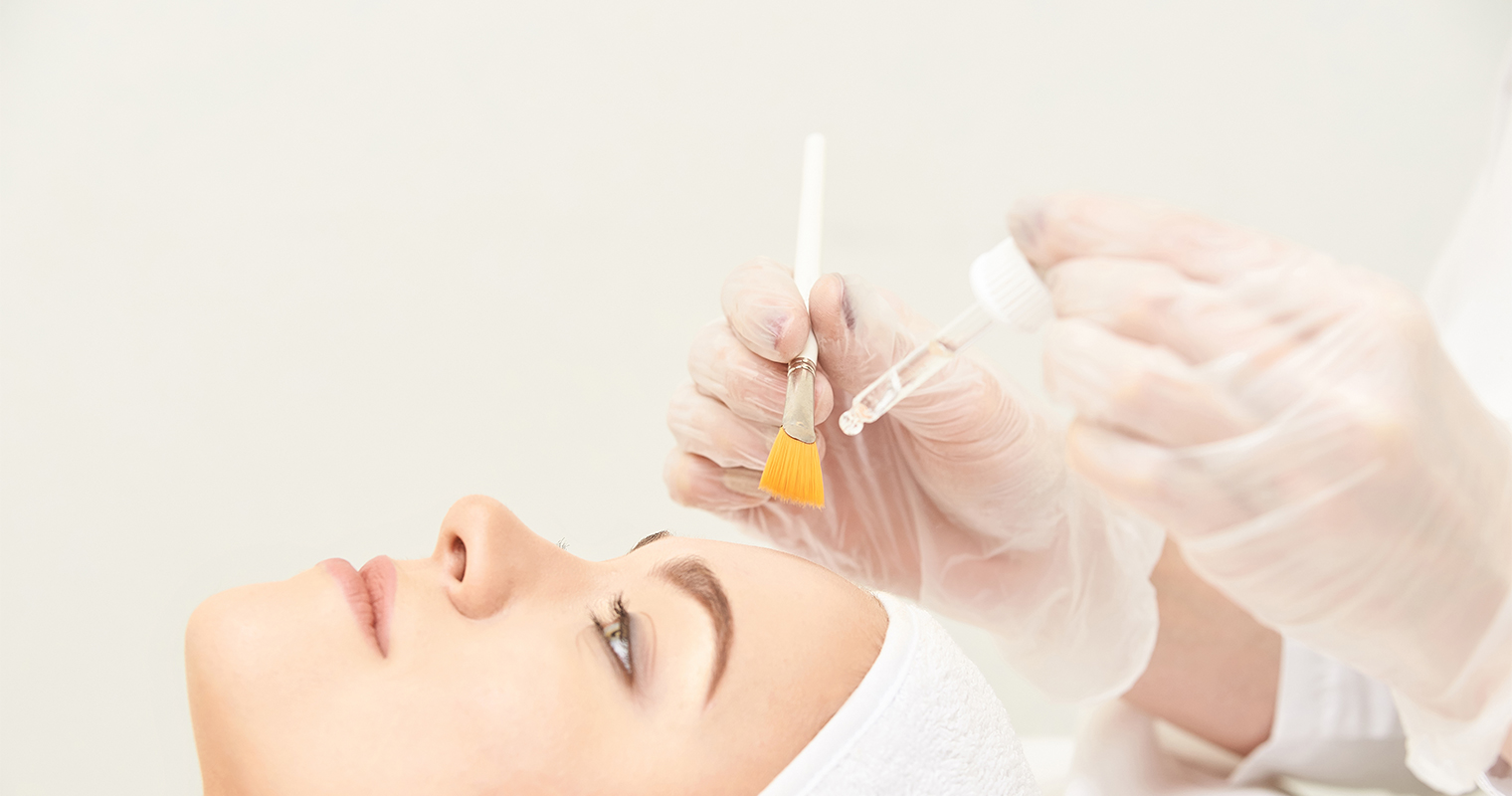
2. Dermabrasion and Microdermabrasion
Dermabrasion and microdermabrasion are the facial resurfacing techniques used for treating atrophic scars. Both entail physical abrasion of the skin, but the instruments for technical execution are different. Dermabrasion removes the epidermis completely and penetrates deeper into the retinal dermis (a lower layer of the skin). That is why it can effectively treat deep scars. It also remodels the structural proteins of the skin. Whereas, microdermabrasion just removes the epidermis (outer layer of skin) to fast-track the process of exfoliation. Both methods result in significant improvement in the skin appearance and treatment of scars.
Microdermabrasion is repeatable after a shorter time frame. Unlike dermabrasion, it is not really painful and does not involve anesthesia. Moreover, it results in less acute and rare complications than dermabrasion. However, it cannot help with deep scars.

3. Laser Treatment
This treatment is effective for people with box-car scars (both deep and superficial) and rolling scars. Several types of lasers are used in treating acne scars, such as non-ablative and ablative. Abrasive lasers remove the damaged tissue by evaporation, melting, or vaporization. The most common abrasive lasers used for acne scars are carbon dioxide laser and Erbium YAG laser. They scrape the skin surface and help tighten the collagen fibers underneath. The CO2 laser is known to manifest a 50-80 percent improvement. The difference in results despite the same laser techniques used owes it to variations in the skin and scar types.
Nonablative lasers promote the formation of new collagen without removing the tissue. They also help tighten the skin, which raises the scar to the surface. The most common forms of these lasers include Diode lasers and NdYAG.
Ablative lasers have a higher risk of causing complications and side effects. The adverse reactions can be short-term, i.e., herpetic, fungal, or bacterial infections, and longterm like hyperpigmentation, scarring, and persistent erythema. Nonablative systems are thus more popular for the treatment of acne scars, as they have a lower risk of side effects and do not require postoperative care. However, the results from these lasers are not as impressive as produced by laser resurfacing.

4. Punch Techniques
The use of punch replacement techniques has proven to be effective in treating acne scars, especially atrophic scars. This technique involves using a punch instrument to treat deep acne scars via skin punctures. The punch instrument exactly matches the inner diameter of the scar to increase the effectiveness of the treatment. The scar is removed surgically by the punch and the wound is sealed. This technique is ideal for boxcar and deep ice pick scars. Combined with other techniques like laser skin resurfacing, punch techniques are more effective than chemical peeling and dermabrasion.
5. Dermal Grafting
Dermal grafting is another treatment method to alleviate atrophic acne scars. The surface epidermis is removed from the area behind the ear. Small pieces of underlying dermis containing collagen are taken from this area. These newly harvested grafts are then placed into the area of the acne scar and underneath it, which elevates the depressed scar. The technique is effective, as it camouflages acne scars. It is deemed safe and easy to use because the graft is taken from the same person. There is no issue with absorption and the results persist for a longer time.
6. Tissue Augmenting Agents
This method involves the fat transplantation technique for treatment of atrophic acne scars. Fat has a low occurrence of side effects and is easily available. This technique comprises two phases. First, the graft is procured and then is placed. Small parcels of fat are implanted through injection in the tunnels. It provides the fat graft optimal access to the available blood supply.
The tissue augmenting agents include autologous (gathered from the same person) collagen, bovine (derived from cows) collagen, isolagen (multiplying a patient’s collagen-producing cells), hyaluronic acid, and silicon. Given the high incidence of side effects, hyaluronic acid is the most recommended material for this technique.
7. Needling
Skin needling is a popular technique these days for atrophic scars treatment. It involves a sterile roller consisting of fine, sharp needles used to puncture the skin. Prior to using the roller, facial skin needs to be disinfected followed by topical anesthesia application. The tool is rolled on the areas affected by scars backward and forward. The procedure also involves some pressure. It results in skin bleeding for a short time. The needles penetrate a little (around 1.5 to 2mm) into the dermis, causing micro-bruises. That starts a complex set of growth factors, which lead to collagen production.
The procedure thickens the skin and causes a drastic increase in new elastin fibers and collagen.
8. Silicone Gel
Silicone-based products are one of the most effective and popular solutions for treating and preventing hypertrophic scars. Silicone gel is specifically used to treat these scars, as it is non-irritating and quick-drying. It can treat uneven areas of skin and extensive scars.
Silicon-gel is applied as an ultra thin sheet over the scars and dries quickly, but once applied, it works 24/7. It reduces the texture of the scars by 86 percent and height by 68 percent.
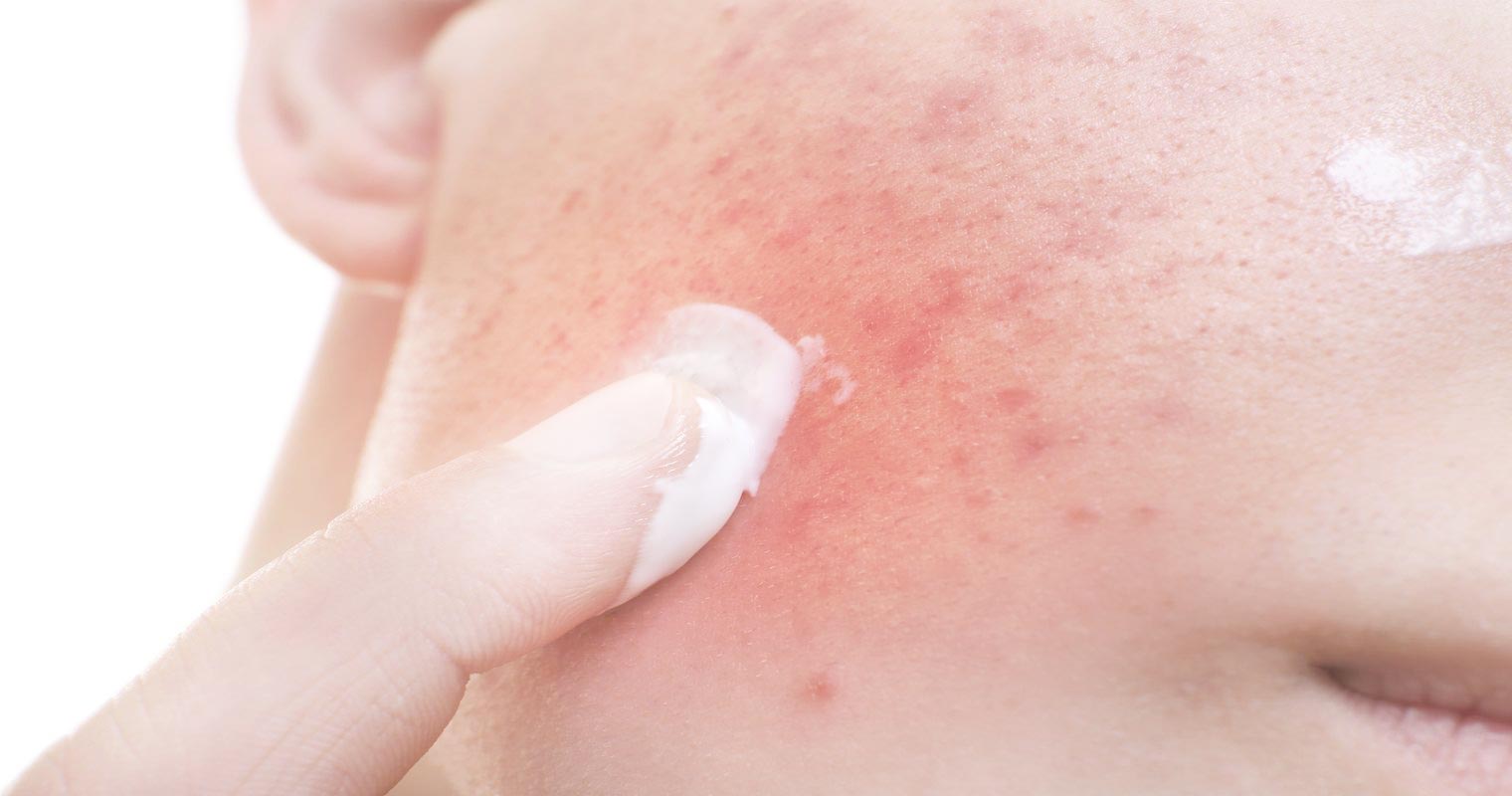
Silicon gel works in four ways.
- It protects the scars from bacteria and thus prevent excessive collagen production induced by bacterias.
- It increases the hydration of skin and facilitates fibroblast regulation with reduced collagen production. This combination leads to softer and flatter scars, instead of hypertrophic scarring.
- It helps in the stimulation of fibroblasts that in turn normalizes collagen production and fibronectin in scar. It also increases the level of collagenase enzyme – the one that breaks down excessive collagen.
- Silicon gel reduces the discomfort and itching that is often present due to scars.
9. Intralesional Steroid Therapy
Intralesional steroid injection can effectively treat hypertrophic and keloids scars. It is used alone but can also be combined with multiple therapeutic approaches. Corticosteroids can reduce the thickness, volume, and texture of scars. They also help with the discomfort and itching. Contrary to applying steroids on the scar or taking them by mouth, the injection technique proves beneficial in three ways:
- The steroids easily bypasses the skin’s barrier
- It reduces the thinning of the skin (epidermal atrophy) where steroid is topically applied.
- A higher concentration of steroid is easily delivered directly to the site of lesion.
Intralesional steroid injections usually do not require local anesthesia as the pain of anesthetic injection is just the same as that of steroid injection. Depending on the size of scars, more than one injection may be required. The procedure is repeated every few weeks apart.
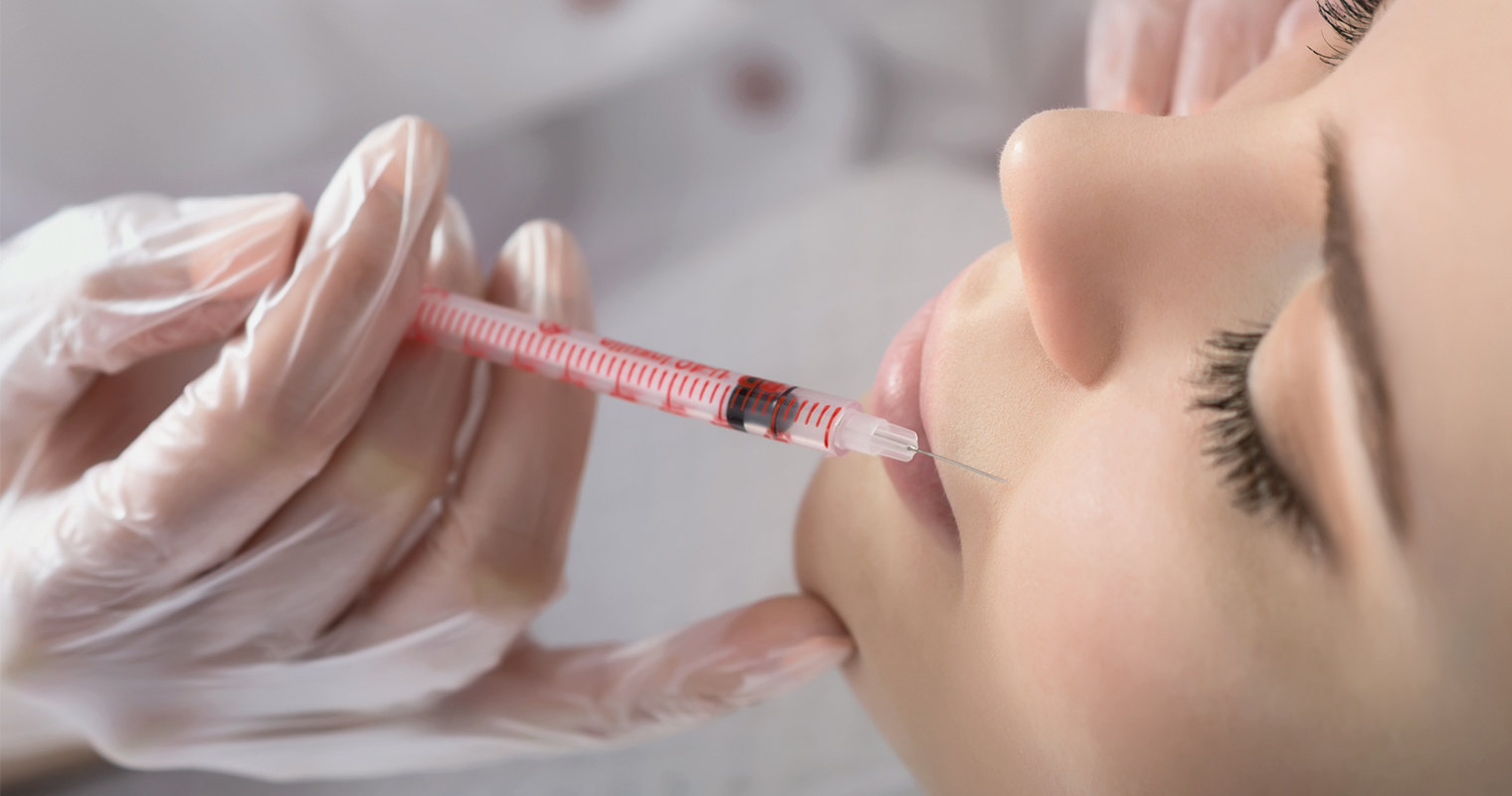
10. Cryotherapy
Cryotherapy involves using extreme cold for treatment of hypertrophic scars. This technique uses liquid nitrogen to rapidly freeze the scar. It improves the hypertrophic scars and keloids significantly. The frozen tissue dies and falls off over time.
The age and size of the scars influence the results of this technique. It is more effective than intralesional steroid injections. It is often used in combination with steroid injections to reduce the pain and improve the effects. The adverse reactions associated with this technique are hypo- and hyperpigmentation, pain, and skin atrophy (degeneration). Cyrosurgery is more suitable for people with lighter skin and it can flatten the scar by up to 75 percent.
11. Pulsed Dye Laser
Pulsed dye laser (PDL) is an effective treatment for keloids and hypertrophic scars. It is non-ablative laser – a laser that does not harm the superficial skin tissue and heats up the underlying tissue to help with collagen production. PDL is given special consideration when the patient has both acne and acne scars. Evidence suggests that PDL is effective in treating inflammatory acne, and hence this laser treatment is often considered for patients who have both problems concurrently. It flattens and reduces the volume of scars and also improves elasticity and texture. Recurrence of the scars after this treatment is quite low.
Pulse dye laser also reduces the itch and pain associated with the scar and also diminishes its color.
12. Surgery
W-plasty is deemed as the optimal procedure for the treatment of facial scars. It creates a disruption of the scar and makes its appearance less conspicuous.
Applying certain agents on the scars can reduce their appearance. However, seeking a dermatologist is prudent to ensure the marks on the skin are just acne scars and not some other condition. Applying alpha hydroxy acids, lactic acid, retinoids, and salicylic acid can help with acne scars. Using sunscreen can also help with reducing the appearance of scars, as sun exposure can darken them.
Treating acne scars in natural and organic ways
Besides the clinical, medical and OTC(Over-The-Counter) methods listed above, acne scars can be alleviated through natural and organic ingredients. Despite not being as fast in showing result, people prefer them because they are safer.
1. Aloe Vera
Aloe vera is one of the most popular home remedies for acne. It has amazing healing properties, which help with acne scars too. The gel helps reduce scar size. Studies show that aloe vera effectively treats and prevents wounds and skin ulcers as well. It also alleviates and prevents itching and irritation, which come along with keloids and hypertrophic scars. It increases the collagen and changes its composition, and hence helps treat atrophic scars.
Aloe vera gel contains a compound called ‘aloesin’, which helps reduce hyperpigmentation by reducing the excessive production of melanin.

2. Sweet Almond Oil
Sweet almond oil contains vitamin A and E, Zinc, and Omega-3 fatty acids. The retinol in vitamin A promotes the production of new cells while vitamin E protects against cell damage, specifically caused by the ultraviolet rays of the sun. Zinc is a crucial nutrient for healing acne scars. The oil contains retinoids, which are very helpful in treating the scars.
3. Jojoba Oil:
Jojoba oil is a promising nutrient when it comes to wound healing and reducing the appearance of scars. It helps the skin cells to bind together after they are separated by a lesion. It is a known ingredient for treating acne and the resultant scarring. One of the reasons for its effectiveness in treating scarring is its rich vitamin E content. It is commonly used in sunscreens and moisturizers to promote skin health.
4. Grapeseed Oil
Grapeseed oil manifests high wound-healing properties. It contains hydroxyproline, which is an effective compound for the treatment of acne scars. It also reduces the size of the scar and helps prevent acne. Grapeseed oil also contains vitamin E and phenolic compounds, which help with treating and preventing scarring.
5. Black Seed Oil
It has antiviral and antibacterial properties. It is also anti-inflammatory and helps with scar reduction. Studies show that it improves acne scars and removes pigmentation while stopping acne altogether.
Here at BLACK PAINT, we have an effective product – German Blue – that alleviates acne scars. This serum is a cicatrizant that increases the blood flow and promotes the lightening of blemishes while healing the scars. It is an all-in-one serum, which is anti-scar, anti-pigment, anti-dryness, and anti-aging. Its function is bolstered by the use of Black Paint Soap, which is effective against acne and helps prevent it. Both products are 100 percent organic and inclusive of black seed oil, grape seed oil, jojoba oil, and sweet almond oil. All these ingredients are helpful in alleviating and preventing acne as well as scarring.
References
https://www.ncbi.nlm.nih.gov/pmc/articles/PMC5796020/
https://www.ncbi.nlm.nih.gov/pmc/articles/PMC6330525/
https://www.ncbi.nlm.nih.gov/pmc/articles/PMC2958495/
https://www.aad.org/public/diseases/acne/derm-treat/scars/treatment
https://pubmed.ncbi.nlm.nih.gov/11555001/
https://www.ncbi.nlm.nih.gov/pmc/articles/PMC2884837/
https://www.longdom.org/open-access/the-management-of-atrophic-acne-scars-overview-and-new-tools-2155-9554.S5-001.pdf



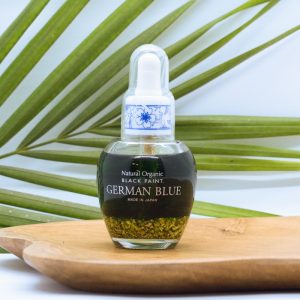 German Blue
German Blue




